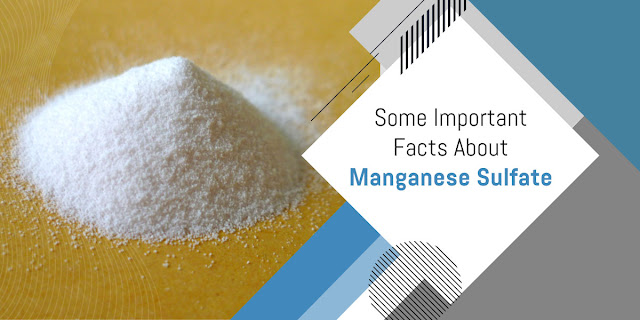Properties & Side Effects of Cocamidopropyl betaine (CAPB)
Cocamidopropyl betaine (CAPB) is a
chemical component that can be found in a wide range of personal care and
household cleaning products. CAPB is a surfactant that interacts with water,
making the molecules slippery and preventing them from sticking together.
When water molecules do not stick
together, they are more likely to bond with dirt and oil, and when you rinse
the cleaning substance away, the filth also rinses away. CAPB is the component
that creates lather in some products.
Cocamidopropyl betaine is a synthetic
fatty acid derived from coconuts; hence it may be present in “natural”
products. Nonetheless, some products containing this component may induce
adverse side effects.
Palvi Chemicals is one of the most
popular CAPB
suppliers in Ghana.
Properties of CAPB:
●
Cocamidopropyl betaine is a foam booster found
in shampoos.
●
It is a medium-strength surfactant that is also
found in bath products.
●
It is also used as an emulsifier and thickening
agent in cosmetic products and decreases irritation caused by exclusively ionic
surfactants.
●
It is also used as an antistatic agent in hair
conditioners, and it rarely irritates the skin or mucous membranes. However,
some research suggests that it is an allergy.
CAPB is prepared as an aqueous solution
at around 30% concentrations. Following Impurities are commonly seen in
prominent manufacturers today:
●
Sodium monochloroacetate < 5 ppm
●
Amidoamine (AA) < 0.3%
●
Dimethylaminopropylamine (DMAPA) < 15 ppm
●
Glycerol < 3%
Palvi Chemicals is the leading CAPB
supplier in Nigeria.
The impurities AA and DMAPA are the most
dangerous, as they have been linked to skin sensitization reactions. These
by-products can be prevented by using a reasonable amount of chloroacetate and
precisely adjusting the pH value throughout the betainization reaction,
accompanied by regular analytical control.
Side effects of Cocamidopropyl betaine:
When some persons consume
CAPB-containing items, they get an allergic reaction. Aminoamide (AA) and
3-dimethylaminopropylamine (DMAPA) are the two irritants. However, people
exposed to CAPB that did not include these two contaminants did not experience
an allergic reaction in several investigations.
●
Skin discomfort:
If your skin is
sensitive to CAPB-containing goods, you may experience tightness, redness, or
irritation after using the product.
An allergic skin
reaction like this usually goes away on its own or when you stop using the
irritating product or use over-the-counter hydrocortisone cream.
Palvi Chemicals is a noted CAPB
manufacturer in India.
●
Eye irritation:
CAPB can be found in a
range of goods intended for use in your eyes, including contact solutions and
products that may get into your eyes while washing. If you are sensitive to
CAPB pollutants, you may have the following symptoms in your eyes or eyelids:
●
Pain
●
Redness
●
Itchiness
●
Swelling


Comments
Post a Comment